Only a select few soldiers can claim to have graduated from the US Army’s esteemed Sniper School. This seven-week program stands as one of the most demanding in the military, open only to those considered skilled enough to show that they possess what it takes to succeed.
History of sniper training in the US Army
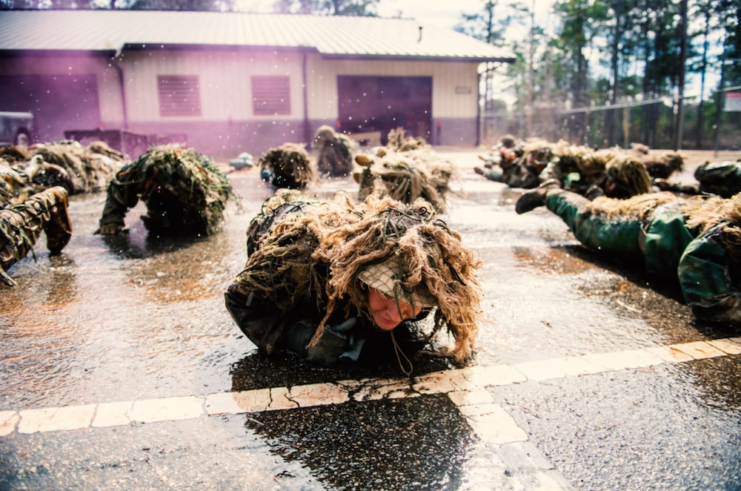
The US Army did not establish anything resembling a sniper school until 1955 when the Army Marksmanship Training Unit was created at Camp Perry in Ohio. However, a lack of recognition and appreciation for the value snipers could bring to battle resulted in the program’s discontinuation the following year.
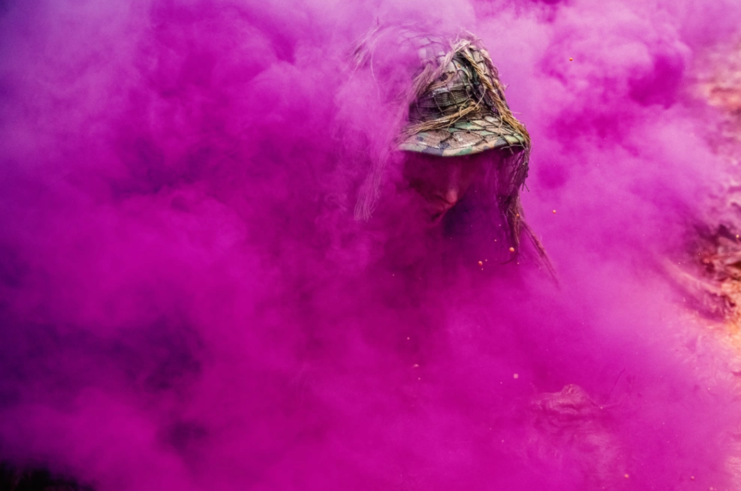
It was not until July 1968 that the US Army—specifically, the 9th Infantry Division—initiated in-country training in Vietnam. The 18-day course, led by Major Willis Powell, produced 72 snipers ready for deployment by December of that year.
The US Army Sniper School is established
In 1987, the US Army Sniper School was officially established at Fort Benning‘s Infantry Center. The seven-week course allows for over 300 trainees to test their sniper skills each year. However, whether all 300 of them graduate depends on a host of factors, and many end up dropping out before finishing their training.
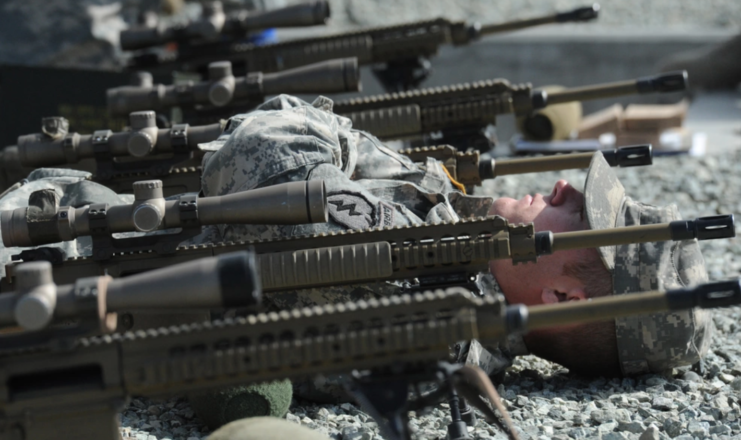
In order to take part, a soldier must be on Active Duty or in the Reserve (or National Guard); have experience in either infantry, Special Forces, or cavalry; and be recommended by their Company Commander. From there, they need to pass the Army Physical Fitness Test, undergo a psychological evaluation, and have received high marks on their Armed Services Vocational Aptitude Battery Test.
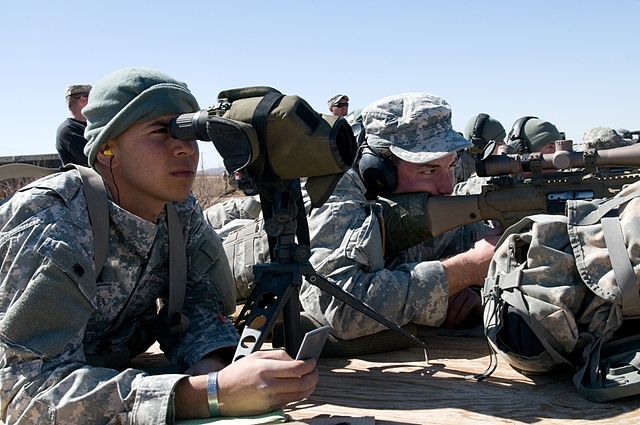
Once they’ve been given the OK to enter the course, soldiers are trained in more than just sniper skills. According to the US Army Sniper School’s official website, they are trained in:
“Fieldcraft skills; advanced camouflage techniques, concealed movement, target detection, range estimation, and terrain utilization (Macro and Micro), intelligence preparation of the battlefield (IPB), relevant reporting procedures, sniper tactics, advanced marksmanship; known and unknown distance firing, at stationary and moving targets during daylight and limited visibility in varying weather conditions, and staff subjects.”
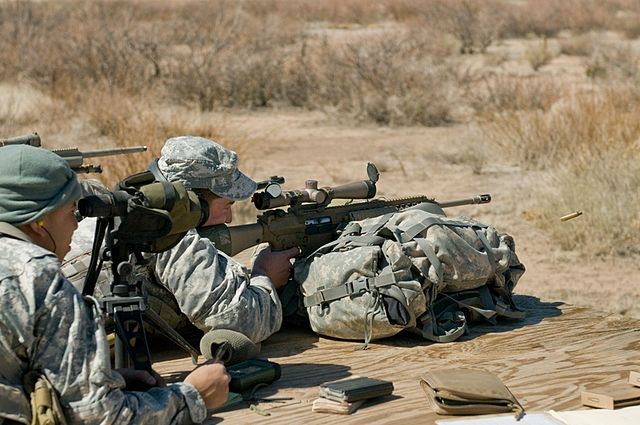
The staff subjects include intelligence, command and control, combat orders, mission, training, and training management.
An intense beginning to the sniper course
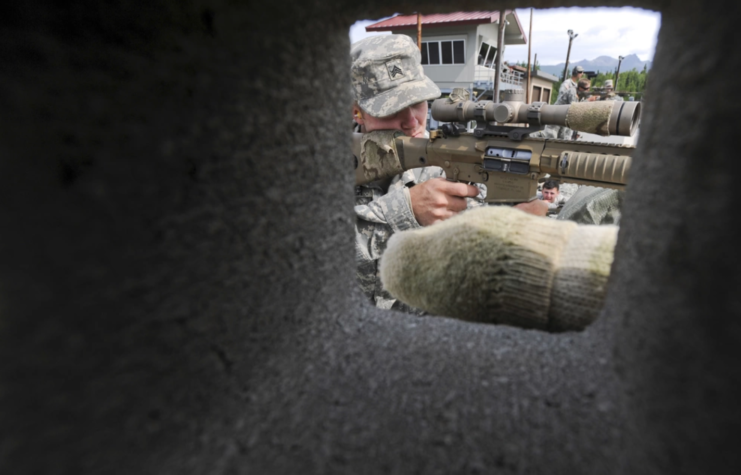
The US Army Sniper School’s seven-week course is no walk in the park. The first day consists of a host of physical fitness tests, to ensure trainees are physically able to contend with what they’ll face during service. That’s followed by lessons on how to build a ghillie suit – a camouflage suit used to break up the outline of a soldier’s body and blend them in with their environment. It’s often made from leaves, burlap, twigs, and other foliage.
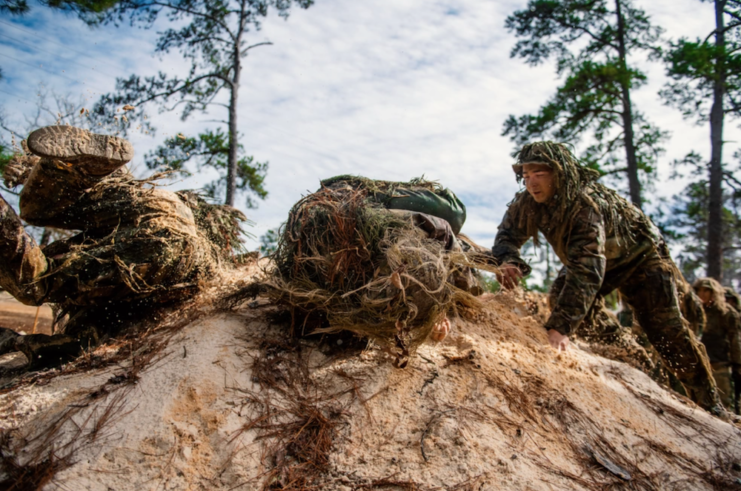
The second day also puts the ghillie suits to the test, with soldiers forced to crawl hundreds of feet through tall grass and a ditch filled with water, rocks, mud, and vegetation. Due to the difficult terrain, they must carry and drag each other, testing their ability to aid their comrades should they become injured.
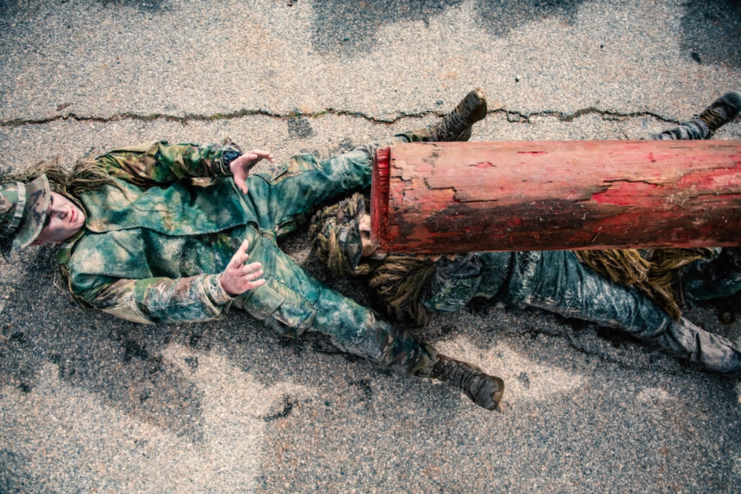
Moving into the second week, trainees are sent into the field to stalk targets, putting both their patience and camouflage to the test. A large part of their job as snipers will be to sit in isolated locations, meaning they must be comfortable working in such conditions. They are also taught how to conduct effective reconnaissance, which will allow them to collect and relay information on the battlefield.
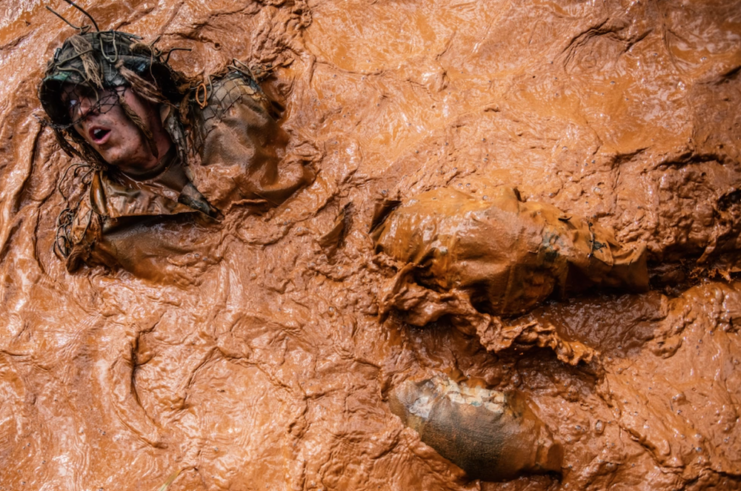
The third week of training is a mix of in-class learning and range training. Trainees are taught how to communicate with spotters and are made to fire at targets between 300 and 800 meters away. They are also paired up, so they can learn the jobs of both snipers and spotters, to ensure they’re able to work in tandem to defend themselves.
Graduation comes a few weeks later
During the fourth week, night-fire and limited-visibility scenarios are added to the training, and snipers are given five targets and seven minutes to hit them. The following week upgrades this to moving targets at unspecified distances.
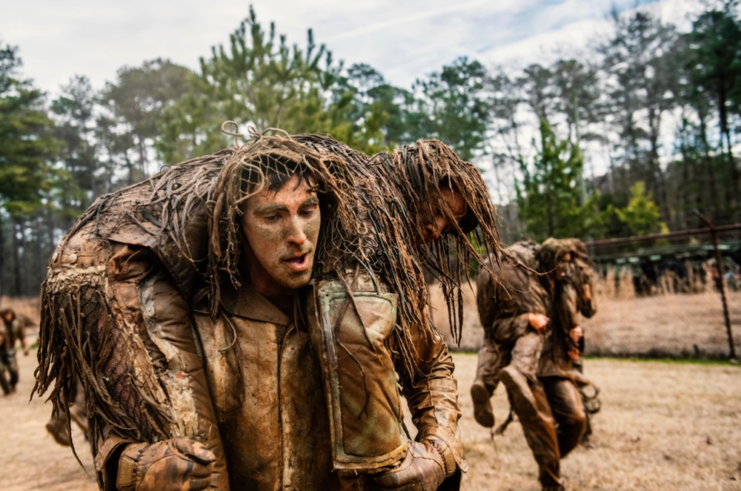
Training with new weapons is introduced during the sixth week, including the M107 .50-caliber sniper rifle and the M9 pistol. Those enrolled are also trained on how to fire at targets from unstable platforms and various other positions.
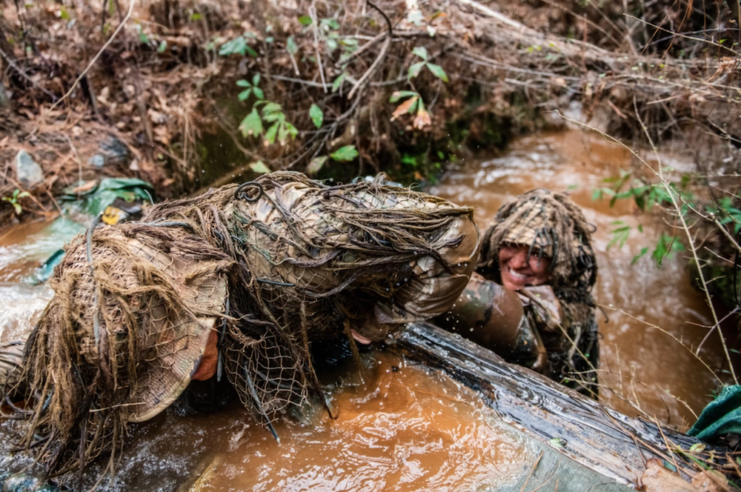
The “employment phase” comes during the seventh and final week, and challenges trainees to plan and carry out a mission after receiving operational orders. They are also made to participate in a timed road march to a firing range for what’s known as the “final shot.” Each is given two bullets and a target of unknown range and is tasked with calculating how far they are and engaging.
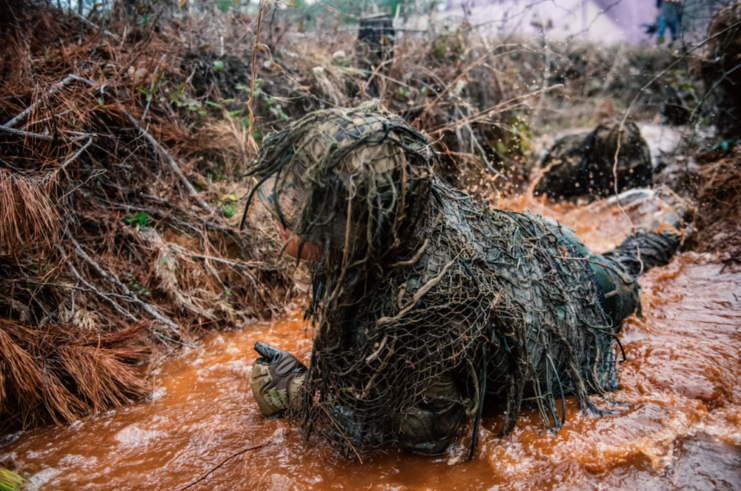
New! Want to become a trivia master? Sign up for our War History Fact of the Day newsletter!
It’s during this time the scores for determining honor graduate and “top gun” status are calculated for graduation.
